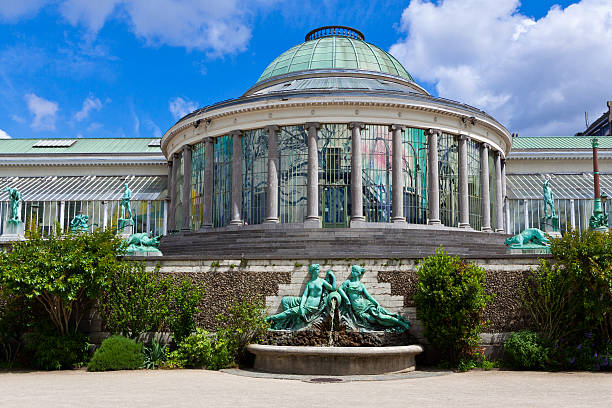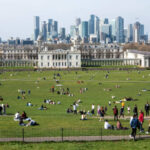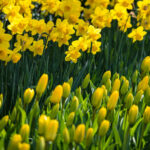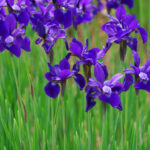
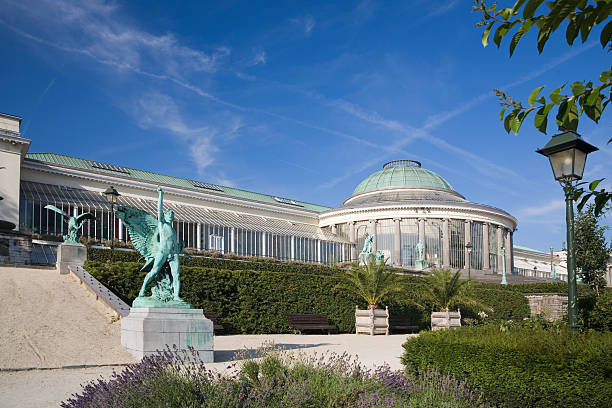
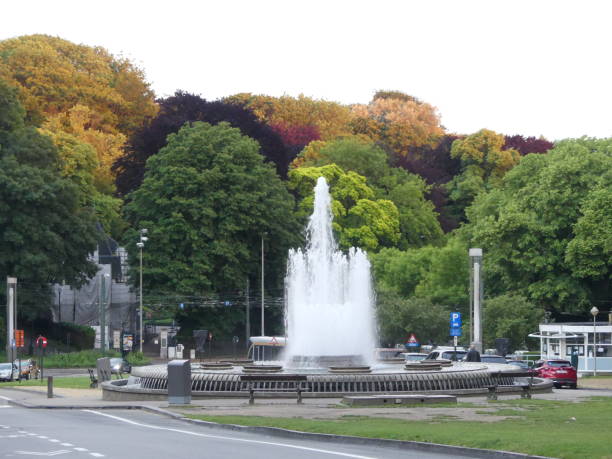
The Botanical Garden of Brussels: A Historical Haven of Nature
The Botanical Garden of Brussels, located in the heart of Belgium’s capital city, is a treasure trove of botanical beauty, history, and culture. Though it may no longer function as a traditional botanical garden with scientific collections and research facilities, it remains an essential green space and cultural hub for residents and visitors alike. The garden has evolved over centuries, serving as a crucial part of Brussels’ history while maintaining its place as a sanctuary for nature lovers in the urban landscape. This article explores the origins, history, architectural elements, plant collections, and modern cultural significance of the Botanical Garden of Brussels.
A Glimpse into History: The Origins of the Botanical Garden
The story of the Botanical Garden of Brussels begins in the early 19th century, at a time when botany was becoming a highly regarded field of study across Europe. In 1826, the garden was established on its current site in the Saint Josse-ten-Noode district, just outside the city center. Its creation was the result of a partnership between the Société Royale d’Horticulture de Belgique (Royal Horticultural Society of Belgium) and the government, which aimed to foster scientific research in botany while providing a place for horticultural experimentation and education.
Originally, the garden spanned a larger area than it does today, with various glasshouses, greenhouses, and open-air gardens showcasing a vast array of plants from around the world. The Neoclassical Orangery (now referred to as Le Botanique), which still stands today, was constructed in 1829 as a central feature of the garden, serving as a space for housing exotic plants and offering a venue for lectures and botanical studies.
For much of the 19th century, the garden played a critical role in the advancement of botanical research in Belgium. It served as both a scientific center and a public park, attracting botanists, horticulturalists, and the general public with its diverse plant collections and meticulously designed landscapes.
Transformation into a Cultural Hub
While the Botanical Garden of Brussels enjoyed a flourishing period during the 19th century, changes in the 20th century led to its transformation. By the early 1900s, the Belgian government began plans to relocate the scientific functions of the garden to a new site outside the city in Meise, where it could expand. In 1939, the National Botanic Garden of Belgium officially moved to its new location in Meise, leaving behind the historic gardens in Brussels.
Despite the relocation, the original site retained its importance as a green space for the city. Rather than being abandoned, the gardens underwent a transformation. The buildings, particularly the Orangery, were repurposed as a cultural center, and the site became a public park, often referred to as Le Botanique. Since then, Le Botanique has been a vibrant cultural venue hosting concerts, exhibitions, and art events, drawing thousands of visitors each year for its unique combination of nature and culture.
Architectural Marvels: Le Botanique
The architectural centerpiece of the Botanical Garden is the Orangery, or Le Botanique, a stunning Neoclassical building with a domed glass roof and elegant colonnades. Originally designed by architect Tilman-François Suys, it served as a glasshouse for exotic plants during the 19th century, a common feature in botanical gardens across Europe during that era.
The Orangery is now home to a concert hall, exhibition rooms, and event spaces, hosting a wide variety of cultural activities ranging from art installations to performances. The juxtaposition of modern cultural events within a historical botanical structure creates a unique atmosphere, making Le Botanique a symbol of Brussels’ blending of tradition and innovation.
The Gardens Today: A Green Oasis in an Urban Jungle
The grounds of the Botanical Garden of Brussels have been carefully preserved as a public park, providing a peaceful retreat for locals and tourists alike. Though smaller than its original size, the park still offers a variety of flora and beautifully landscaped gardens. Visitors can wander through pathways lined with trees, seasonal flowerbeds, and ornamental plants, all set against the backdrop of Brussels’ bustling cityscape.
Key areas within the gardens include:
- The French Garden: This section is characterized by its symmetry and formal design, with meticulously pruned hedges, pathways, and flowerbeds arranged in geometric patterns. Inspired by the classical French garden style, it provides a tranquil space for reflection.
- The English Garden: In contrast to the French Garden, the English Garden offers a more naturalistic landscape, with winding paths, grassy knolls, and clusters of trees. It aims to mimic nature’s randomness, offering visitors a serene environment with a more relaxed layout.
- The Rock Garden: Featuring rocky outcrops and alpine plants, this section of the garden showcases a range of species that thrive in rugged, mountainous environments. The Rock Garden adds an element of diversity to the flora found throughout the park.
- Water Features: The garden is also home to ponds and water features that attract a variety of birds and other wildlife. The sound of trickling water adds to the garden’s ambiance, providing a calming escape from the noise of the city.
Though the plant collections in the Botanical Garden of Brussels are not as extensive or scientifically focused as those at Meise, the park continues to provide a connection to nature for city dwellers. Seasonal changes in the garden are especially delightful, with spring bringing vibrant bursts of tulips, daffodils, and magnolias, while autumn blankets the grounds in hues of gold and crimson.
Cultural Significance and Events at Le Botanique
The transformation of Le Botanique into a cultural venue has made the site a key player in Brussels’ artistic and musical scene. Today, Le Botanique is renowned for its role in promoting contemporary music, art, and culture, serving as a platform for both local and international talent.
Each year, the venue hosts Les Nuits Botanique, an iconic music festival featuring a wide range of genres, from indie rock to electronic music. The festival takes place in the concert halls within the Orangery, as well as in outdoor spaces within the gardens. The unique setting of these performances amidst the lush greenery of the gardens adds a special ambiance to the event, drawing music lovers from across Belgium and beyond.
In addition to concerts, Le Botanique hosts art exhibitions, photography displays, and cultural workshops, making it a dynamic and multifaceted venue. Whether it’s an art lover attending an avant-garde exhibition or a music enthusiast enjoying a live performance, the cultural activities at Le Botanique offer something for everyone.
Conclusion: A Legacy of Nature and Culture
The Botanical Garden of Brussels is much more than just a garden; it is a symbol of the city’s dedication to preserving its history while embracing its future. From its origins as a center for botanical research to its modern role as a cultural landmark

